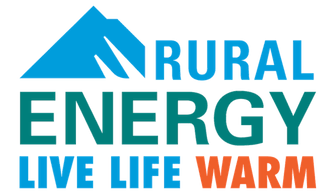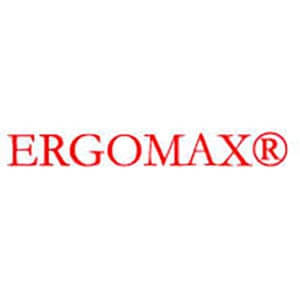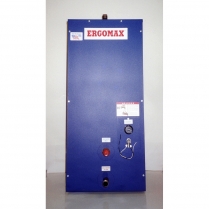An ideal unit for use with boilers, solar and geothermal to heat water for domestic use. ERGOMAX is a heat exchanger which uses thermal storage and turbulence to heat water instantaneously on demand. ERGOMAX can be connected to any source of heat such as boilers (gas, oil, electric), solar, geothermal, etc. ERGOMAX is the only unit that can: heat domestic water; be used for space heating (baseboard and radiant); buffer boilers to eliminate short cycling (saving fuel) and do all these functions at the same time
Ergomax, E23:
Accommodates the majority of residential applications. The E23 can handle boilers up to approximately 200,000 BTU output.



